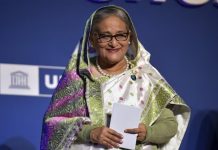Banks and businesses to close in observance of holiday
Chakri Day (April 6) was first instituted by H.M. King Vajiravudh (Rama VI) in the year 1919 to commemorate all the Kings in the Chakri Dynasty, which started with Rama I and continues to this day with Rama IX, H.M. King Bhumibol Adulyadej the Great.
 The reigning Kings in the House of Chakri brought peace and tranquility to the people within Thailand’s borders and successfully protected the Kingdom, maintaining sovereignty and integrity through crucial periods threatened by European colonization and two World Wars.
The reigning Kings in the House of Chakri brought peace and tranquility to the people within Thailand’s borders and successfully protected the Kingdom, maintaining sovereignty and integrity through crucial periods threatened by European colonization and two World Wars.
In commemorating “Chakri Day” the national flag is proudly displayed by the people of Thailand and traditional ceremonies are held for government officials and members of the community, making offerings of flowers and garlands at the many statues of Kings in the House of Chakri.
The Chakri Dynasty, or the “House of Chakri” followed the reign of King Taksin the Great, when He abdicated due to poor health.
The Chakri Dynasty was ushered in on 6 April 1782 when a close aid of King Taksin, General Chakri, marched back into Thonburi and assumed the throne as H.M. King Buddhayodfa the Great. Each Monarch thereafter has had “Rama” as part of their title.
Banks, government offices and most business offices will close on Friday, April 6 in observance of this special day.
Chakri Dynasty – Chronology of the present-day Dynasty of Thailand
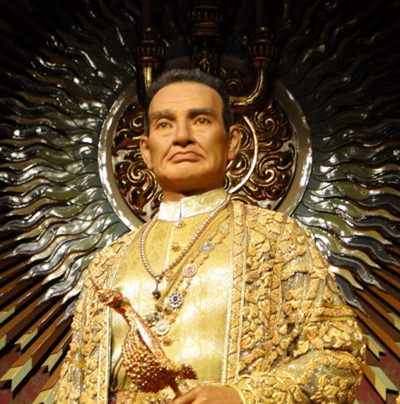
King Buddhayodfa the Great (Rama I)
1782-1809
The first King of the Chakri Dynasty moved the capital city from Thonburi to Bangkok and built the Grand Palace that houses the Emerald Buddha. Helped release Thailand from Burmese control after Ayuthaya succumbed 14 years earlier.
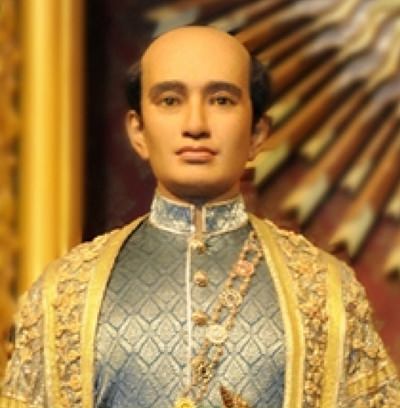
King Buddhaloetla (Rama II)
1809-1824
The first great poet king of the Chakri Dynasty, renowned for his literature.
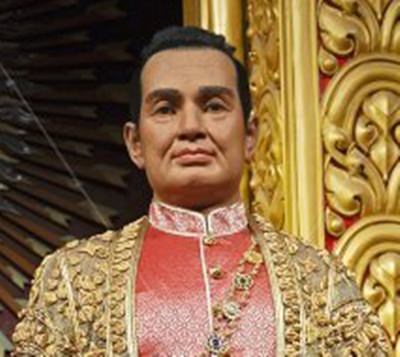
King Nangklao (Rama III)
1824-1851
Extensively encouraged international trading and education, enhanced promotion of Buddhism and built many temples.
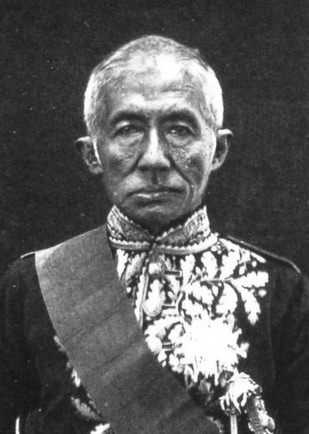
King Mongkut (Rama IV)
1851-1868
Modernized Thailand in both commerce and education. Known as the “Father of Thai Scientists” and famous for his astrology.
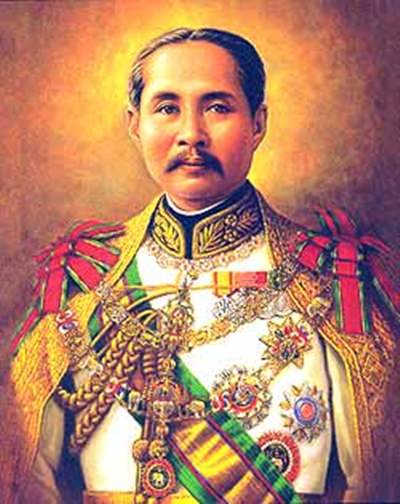
King Chulalongkorn the Great (Rama V)
1868-1910
One of the most beloved and revered kings, He abolished slavery, extensively contacted the Western world, modernized the government, education, transportation, and communication. His diplomacy skills saved Thailand from being colonized during the colonial period.
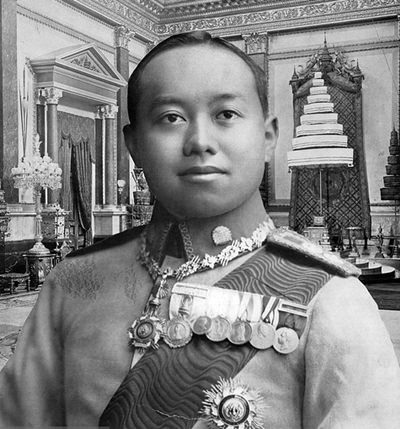
King Vajiravudh (Rama VI)
1910-1925
A great poet king. Continued the work of Rama V in modernizing Thailand. Promoted education and established the Boy Scouts in Thailand.
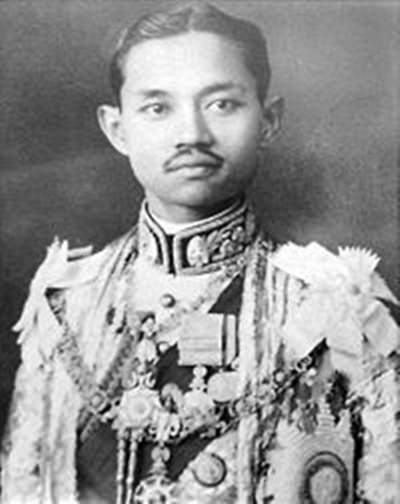
King Prajadhipok (Rama VII)
1925-1935
On April 6, 1932 the country celebrated the sesquicentenary of the Chakri Dynasty – months later on December 10, 1932 King Prajadhipok granted a constitution to the Thai people, and the Constitutional Monarchy of the present day was born.
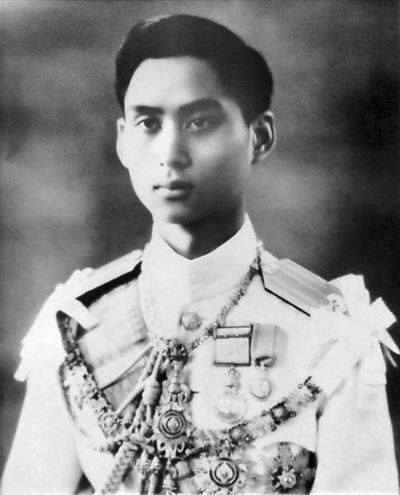
King Ananda Mahidol (Rama VIII)
1935-1946
A direct grandson of King Rama V, King Ananda Mahidol was the eldest son and second child of H.R.H. Prince Mahidol Adulyadej, Prince of Songkla. He succeeded his uncle, King Prajadhipok, as King on March 2, 1935.

King Bhumibol Adulyadej (Rama IX)
1946-2016
A true monarch of the people and guiding light for the whole Thai nation. Saved Thailand from many crises, dedicated to raising the living standards of the poor, especially in remote regions.

King Maha Vajiralongkorn Bodindradebayavarangkun (Rama X)
2016-present
Recognized for his tireless efforts to follow in the royal footsteps of HM the late King and HM the Queen in promoting the well-being of Thai people by visiting people in various regions to listen to their problems. His Majesty has gained in-depth experiences in many fields and has provided his initiatives for the benefits and happiness of the people and prosperity and security to the country.





